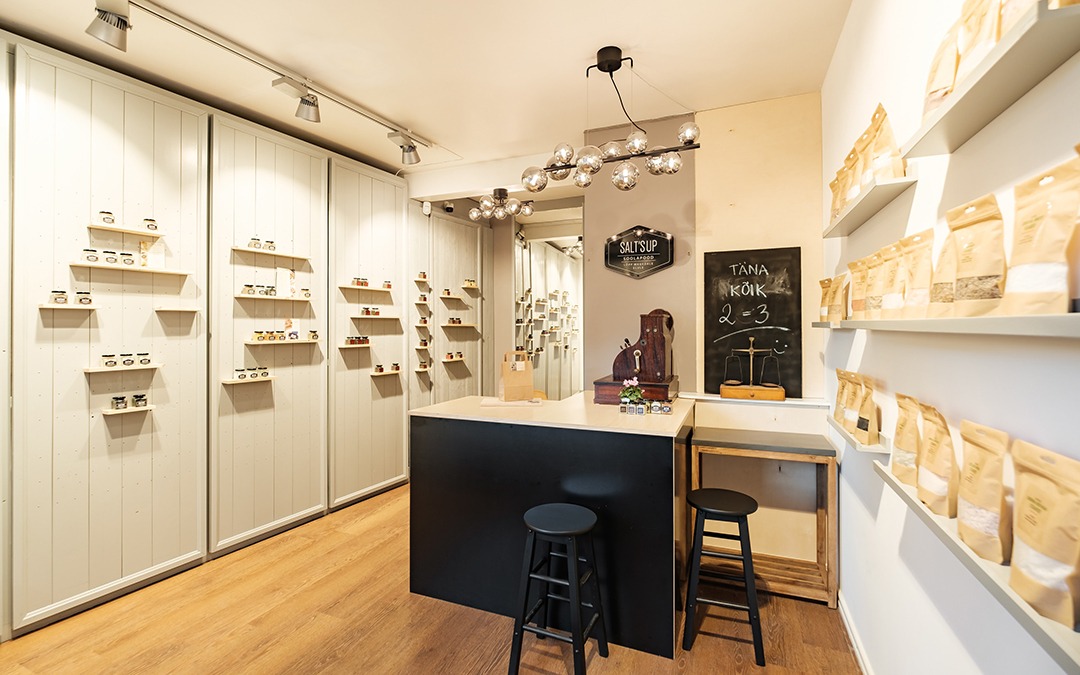
Your business may have found a lifesaver in the Paycheck Protection Program (PPP Loan), created last year for companies struggling with the economic tsunami caused by the COVID-19 pandemic. Now eligible businesses have another shot at economic relief, and the process is somewhat more inviting.
On December 27, President Trump signed the Consolidated Appropriations Act (CAA) into law, which extends, liberalizes and expands the PPP loan program. The original PPP was established by the CARES Act. This second round permits eligible small businesses to take out loans and so-called second-draw loans if they took out PPP loans earlier.
You may have already applied for a second PPP loan. If not, you have until March 31, 2021, to submit an application to an eligible lender. Here are the most important things to know about the resurrected program.
Taking a Second-Draw PPP Loan
Second-draw loans are targeted at smaller and harder-hit businesses with 300 or fewer employees that have used up, or have plans to use up, the full amount of their initial PPP loans. The maximum second-draw loan amount is $2 million, and only one second-draw loan can be taken out.
To be eligible, a business must demonstrate at least a 25% decline in gross receipts in any quarter of 2020, compared to the corresponding 2019 quarter.
An eligible business can generally borrow up to 2.5 times its average monthly payroll costs for either the one-year period prior to submitting the loan or for the 2019 calendar year. However, businesses in the hard-hit accommodations and food service industries can borrow 3.5 times payroll costs.
READ MORE: New Law Makes Favorable PPP Loan Changes and Increases Business Meal Deductions
Expanding What Qualifies for Loan Forgiveness
The CAA adds the following expenses to the list of qualifying costs that can result in PPP loan forgiveness:
- Eligible operations expenditures, which include payments for software, cloud computing, and human resource and accounting needs;
- Eligible uninsured property damage costs resulting from public disturbances that took place in 2020;
- Eligible supplier costs; and
- Eligible expenditures for worker personal protective equipment and eligible expenditures to help the borrower comply with COVID-19 federal health and safety guidelines or equivalent state and local guidelines between January 1, 2020, and the end of the national COVID-19 emergency declaration (whenever that takes place).
This expanded list of qualifying expenses is generally retroactive to day one of the PPP. As before, the 60/40 rule applies. That means, to be eligible for full PPP loan forgiveness, a business must spend at least 60% of the loan proceeds on qualifying pay-roll costs (including certain health care plan costs). The remaining proceeds must be spent on other qualifying expenses (such as mortgage interest, rent, utilities and the other expenses listed above).
If your business doesn’t clear the 60% payroll cost hurdle, it may still be eligible for partial forgiveness of its PPP loan. So, even if you’re unsure that the full amount will be eligible for forgiveness, consider applying.
Applying for Small-Loan Forgiveness
The CAA mandates a simplified one-page application to apply to the Small Business Administration (SBA) for forgiveness of a PPP loan of $150,000 or less. The application requires the borrower to state only the number of employees it was able to retain because of the PPP loan and the estimated total amount of PPP loan proceeds that were spent on payroll costs. No other documentation need be pro-vided to the SBA with the simplified form. However, the borrower must attest that applicable guidelines were met when the PPP loan was taken out.
Clarifying the Tax Impact of Forgiven Loans
The CAA clarifies that no tax deduction will be denied for expenditures paid with proceeds from forgiven PPP loans, and neither is a basis adjustment required for assets purchased with loan proceeds. Language in the CARES Act provided that any PPP debt forgiveness would be tax-free.
Subsequent IRS guidance reminded taxpayers that, when federal-income-tax-free treatment is allowed for a forgiven loan, no deduction is allowed for expenses paid with the loan proceeds. And any other tax attributes (basis, net operating loss carryovers, capital loss carryovers and so forth) must be adjusted for expenditures made with the loan proceeds.
Despite evidence suggesting that Congress didn’t intend such negative tax impact from PPP loan forgiveness, the language of the CARES Act was silent on the issue. The CAA corrects the over-sight, expressly providing that the tax deduction is allowed, and that no attribute reduction is required when PPP loans are forgiven. These favorable changes are retroactively effective to when the CARES Act was enacted, and the IRS has subsequently issued guidance reversing its prior position.
Change is Possible
This article provides explanations of only a few of the favorable changes for PPP loans. Be aware that more revisions could appear in future legislation. Contact us with any questions you may have or for assistance with PPP loan applications or forgiveness. You can also visit our COVID-19 Resources page for more information.